Categories
Recent Comments
TOP RATED PRODUCTS
-
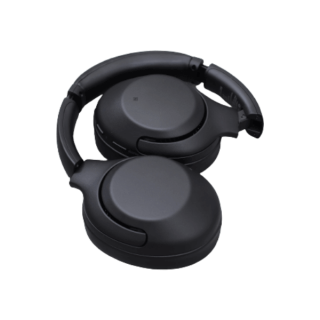 Quisque diam
$410.00
Quisque diam
$410.00
-
 Buy Dysport Czech 500U Online
Buy Dysport Czech 500U Online
$455.00Original price was: $455.00.$389.00Current price is: $389.00. -
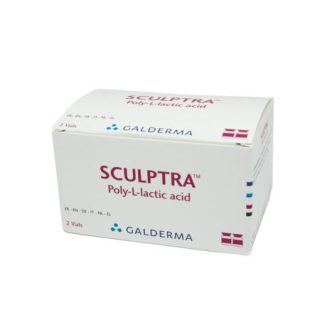 Sculptra 2 Vials (2x5ml)
$335.00
Sculptra 2 Vials (2x5ml)
$335.00
-
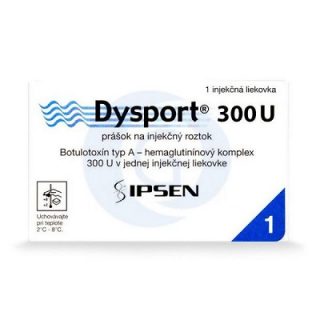 Buy Dysport 300U Non-English
Buy Dysport 300U Non-English
$400.00Original price was: $400.00.$310.00Current price is: $310.00. -
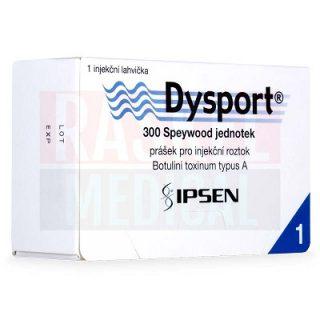 Buy Dysport 300U Slovakian Online
Buy Dysport 300U Slovakian Online
$321.00Original price was: $321.00.$299.00Current price is: $299.00.
ON SALE
What causes acne?
Acne occurs when the pores of your skin become blocked with oil, debris, make up, dead skin, or bacteria. It often causes whiteheads, blackheads or pimples, and usually appears on the face, forehead, chest, upper back and shoulders.
Each pore of your skin is the opening to a follicle. The follicle is made up of a hair and a sebaceous (oil) gland.
Acne is a common skin condition that affects most people at some point. It causes spots, oily skin, sensitivity and sometimes skin that’s hot or painful to touch.
Why do I have acne?
Acne is most commonly linked to the changes in hormone levels and it can start at any age.
Certain hormones cause the oil-producing glands next to hair follicles in the skin to produce larger amounts of oil (excess sebum).
This excess sebum changes the activity of a usually harmless skin bacterium called P. acnes, which becomes more aggressive and causes inflammation and pus.
Other possible triggers of an acne flare-up include: some cosmetic products that are not suitable for your skin type,
- certain medications – such as steroid medicines, lithium (used to treat depression and bipolar disorder) and some drugs used to treat epilepsy
- regularly wearing items that place pressure on an affected area of skin, such as a headband or backpack
- smoking – which can contribute to acne in older people
Here are 3 Simple Skincare Steps you could follow to treat acne:
- Clean Your Face With Cleansing Brush
- LumiSpa®treats and cleanses the skin in one simple step. LumiSpa® Treatment Cleanser Acne, specially designed to use together with ageLOC LumiSpa® device , is a mild formula that contains 0.5% salicylic acid to help clear pores and reduce most breakouts.
- Use Adequate Skincare daily protocol
Wash your face with salicylic acid based Cleanser For Blemish Prone Skin and lukewarm water. Very hot or cold water can make acne worse.Do not try to “clean out” blackheads or squeeze spots. This can make them worse and cause scarring.Avoid using too much make-up and cosmetics. Use water-based light products that are described as non-comedogenic. This means the product is less likely to block the pores in your skin.If your skin feels dry and needs hydration, use lightweight Moist Serum based on hyaluronic acid.Regular use of heavy foundations can block pores – opt for light BB Cream with SPF.Clear Action® Acne Treatment has clinically proven benefits:- Salicylic acid penetrates pores and dissolves the debris that causes breakouts.
- Mandelic acid helps reduce the potential development of dark spots.
- White tea extract is a powerful antioxidant that restores the skin’s natural resilience.
- Patented alpha lipoic acid helps improve the appearance of uneven texture and skin discolouration from past breakouts.
- Retinol works to smooth and even skin tone.
- Embrace healthy lifestyleAlthough there’s no strong scientific evidence linking diet and exercise to acne, feeling good will undoubtedly help boost your self – confidence.Several studies suggest that following a healthy diet can help prevent and treat acne. In particular, foods rich in the following nutrients are linked to lower levels of acne: complex carbohydrates, zinc, vitamins A and E, omega-3 fatty acids, and antioxidants.
High strength award-winning Collagen Shots and Skin Perfecting Complex are nutrient packed with skin-firming antioxidants and vitamins.
When to seek medical advice
You should see a GP or dermatologist, if you have moderate or severe acne, and you develop nodules or cysts, as they need to be treated properly to avoid scarring.
Treatments can take up to 6 months to work, so do not expect results overnight. Once they do start to work, the results are usually good.
References
1. A Chiu, SY Chon, AB Kimball. The Response of Skin Disease to Stress: Changes in the Severity of Acne Vulgaris as Affected by Examination Stress. Arch Dematol/Vol 139, July 2003; p 897-900.
2. J Burris, W Rietkerk, K Woolf. Acne: The Role of Medical Nutrition Therapy. Journal of the Academy of Nutrition and Dietetics, Volume 113/Issue 3 (March 2013); p 416-430.
3. DR Berk, SJ Bayliss. Cellular Phone and Cellular Phone Accessory Dermatitis Due to Nickel Allergy: Report of Five Cases. Pediatric Dermatology, Vol 28/Issue 3 (May/Jun 2011); p 327-331.
4. Bojar RA, Cunliffe WJ, Holland KT. The short-term treatment of acne vulgaris with benzyl peroxide: effects on the surface and follicular cutaneous microflora. Br. J. Dermatol. 132, 204–208 (1995).
Written by BellaDerMa
Leave a Reply Cancel reply
Archives
Categories
FROM THE BLOG
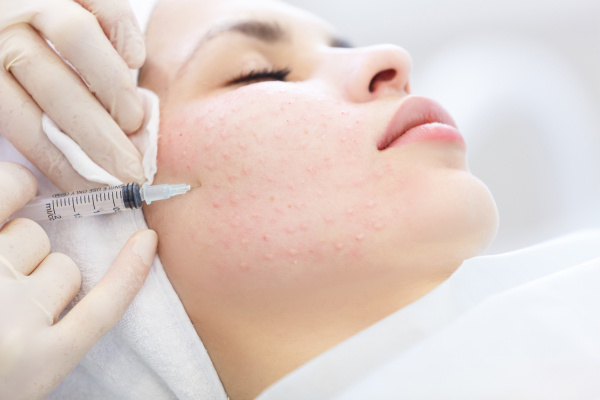
How Can Mesotherapy Improve Your Skin? Mesotherapy is a prescription-only treatment designed to improve skin quality on the face, chest and hands to transform your skin into a beautiful, glowing, dewy and pure complexion by lifting and plumping the skin and boosting collagen. It can also aid with hair growth, removing cellulite and decreasing stretch …
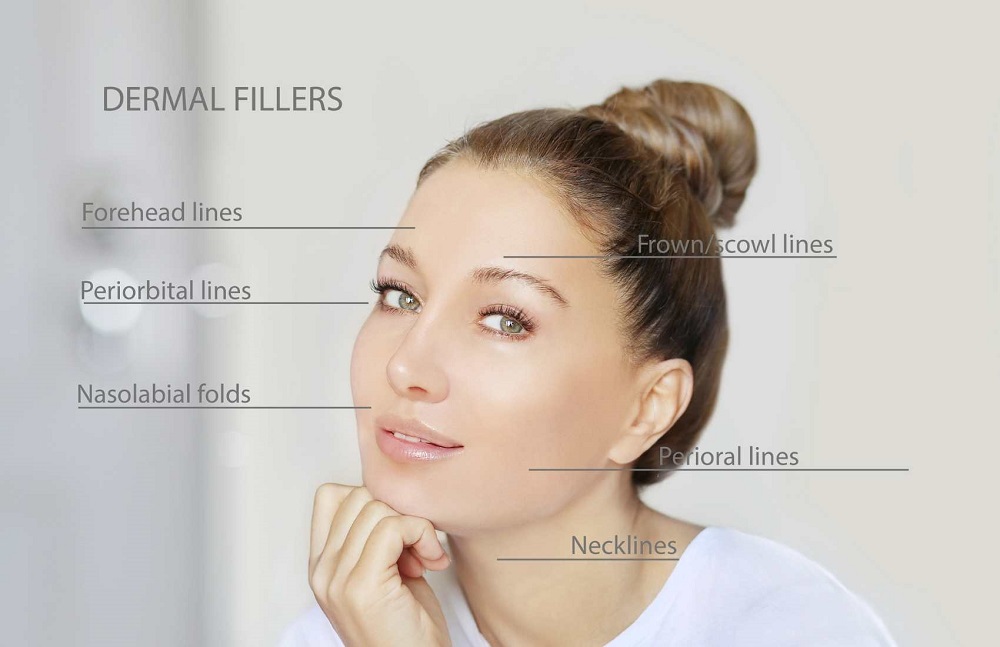
10 Things to Know before Trying Dermal Fillers Wrinkles appearance is a natural process that every person experiences sooner or later in their lives. That is exactly there are so many beauty procedures that are able to eliminate aging signs and keep a facial surface glowing and youthful a little bit longer. One of the …

Most Interesting Skin Facts Skin is highly complex. Consisting of many components, our skin works overtime to protect us and sustain us from harm. As well as this, it gives us much-needed signals of when something isn’t quite right. In this week’s blog, we will go through some of the most interesting skin facts that …
ABOUT OUR STORE
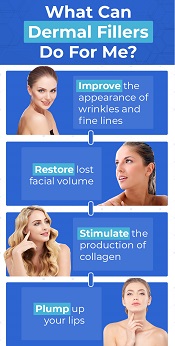
100% Authentic Products Worldwide Shipping Top Brands at one place Great price for all items
KNOW MORE